
Changing lanes
When you change lanes, you must give way to any vehicle in the lane you are moving into. This rule applies even if your lane is ending and you have to cross a lane line.
Don’t take risks when changing lanes. Before you change lanes, you must indicate for long enough to give warning to other road users
You must turn off your indicator after you have changed lanes or merged.
Merging
There are 2 different give way rules for merging.
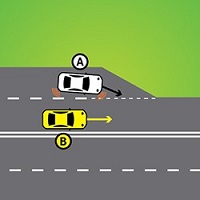
Merging on roads that have lane markings
1. On roads where there are lanes marked on the road—if your lane comes to an end, you must give way to traffic already in the lane you are moving to. In this example, Vehicle A (white) must give way to Vehicle B (yellow).
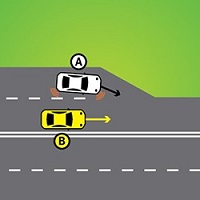
Merging on roads that don't have lane markings
2. On roads where there are no lanes marked on the road—when lines of traffic merge, you must give way to any vehicle that is ahead of you. In this example, Vehicle B (yellow) must give way to Vehicle A (white).
Lines of traffic refers to adjacent rows of vehicles that do not have a lane separation line between them.
Merging safely on motorways
- Plan your route before you enter a motorway.
- Build up speed to match that of the traffic already on the motorway—this can help you to find a safe gap in the traffic.
- Look for a gap between the vehicles in the closest lane and safely build up speed on the on-ramp so you enter at the motorway traffic’s speed.
- When driving on a motorway, watch for other vehicles entering from an on-ramp and adjust your speed and/or lane to allow them to enter safely.
- Be ready and in the correct lane as your exit approaches.
If you miss your exit, continue to the next exit.






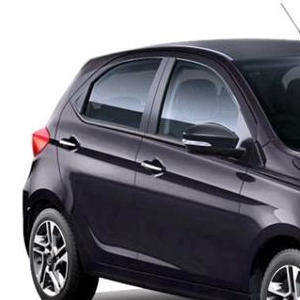


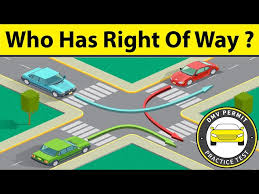

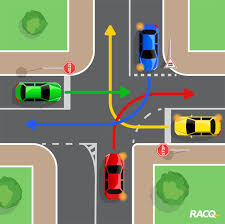

No Comments